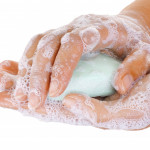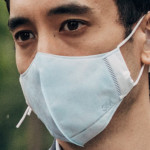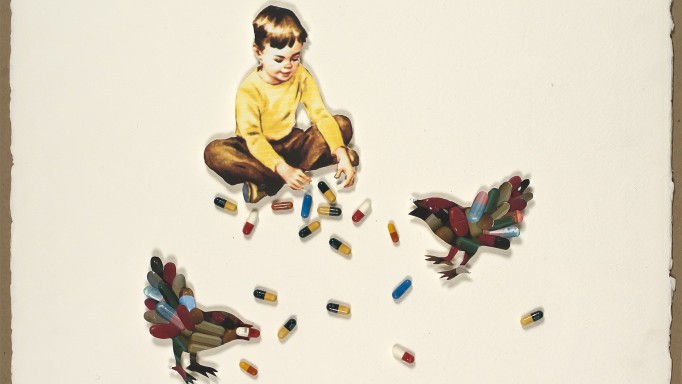Molluscum contagiosum is a common skin problem caused by a viral infection in the top layers of the skin. It causes one or more lesions or bumps to form anywhere on the body. Direct contact with contagious bumps, especially if they’re scratched, or touching a contaminated surface is how it’s transmitted.
The disease is caused by a pox virus and is a common condition seen in children, though it can occur in adults. It is also a common sexually transmitted disease. It is more likely to cause skin lesions in people with compromised immune systems, although adults with healthy immune systems can become infected.
Molluscum does not progress to more serious diseases, such as cancer. However, the lesions can be bothersome, disfiguring and stigmatizing.
What are the symptoms, and how is it diagnosed?
The disease looks like small flesh-colored or pink dome-shaped bumps with a dimple in the center, alone or in groups. They usually have a pearly appearance. When sexually transmitted, the lesions can appear on the thighs, buttocks, groin, lower abdomen and sex organs.
Molluscum lesions can cause itching or tenderness in the area, but most cases cause few problems. Untreated lesions usually last from two weeks to about a year, but can last up to five years. People with compromised immune systems, including those with HIV, can experience severe lesions and often have a much wider spread of lesions.
Health providers can diagnose molluscum simply by looking at the bumps. If needed, the skin may be scraped and looked at under a microscope.
How is it treated?
While the lesions can go away on their own, treatment is often recommended. Treatment reduces the risk of lesions moving to other parts of the body and helps to prevent transmission to others. Once the lesions are healed and gone, it can no longer be spread.
- Topical medications: Topical gels and creams can be applied directly to the lesions, including podophyllum (not during pregnancy), trichloroacetic acid (Tri-Chlor), cantharidin (Cantharone, Verr-Canth), tretinoin (Atralin, Retin-A, others), salicylic acid, potassium hydroxide, iodine, or imiquimod. Some of these can be applied at home while others are applied by a health provider, often a dermatologist.
- Surgery: Various procedures include cryotherapy (using liquid nitrogen to freeze lesions), laser treatment, curettage (scraping of lesions), and electrocautery (electric needle that removes bumps). These are always performed in a doctor’s office, often by a dermatologist.
- Oral medications: Using oral meds can avoid the side effects of topical treatment, however, it takes longer for the bumps to disappear. These inlucde griseofulvin (Fulvicin) and cimetidine (Tagamet).
How is it prevented?
The molluscum virus can be hard to avoid, given that it is spread by skin-to-skin contact. Prevention tips include:
- Avoid touching, brushing up against or shaving over lesions.
- Wash your hands often to prevent spreading it to other body parts.
- Do not share objects or personal items that the bumps have contacted.
- Avoid sexual contact when bumps are present or being treated.
- Cover bumps with bandages or clothing when around people.
- Stay on potent HIV treatment.
It’s also important to understand that if you’ve been treated for molluscum, you can be re-infected at a later time.
Are there any experimental treatments?
There may be new treatments being developed for the treatment of MC lesions and the molluscum contagiosum virus. If you would like to find out if clinical trials of new MC treatments are being conducted, visit ClinicalTrials.gov, a site run by the U.S. National Institutes of Health. The site has information about all HIV-related clinical studies in the United States. For more info, you can call their toll-free number at 1-800-HIV-0440 (1-800-448-0440) or email contactus@aidsinfo.nih.gov.
Last Reviewed: November 8, 2018














